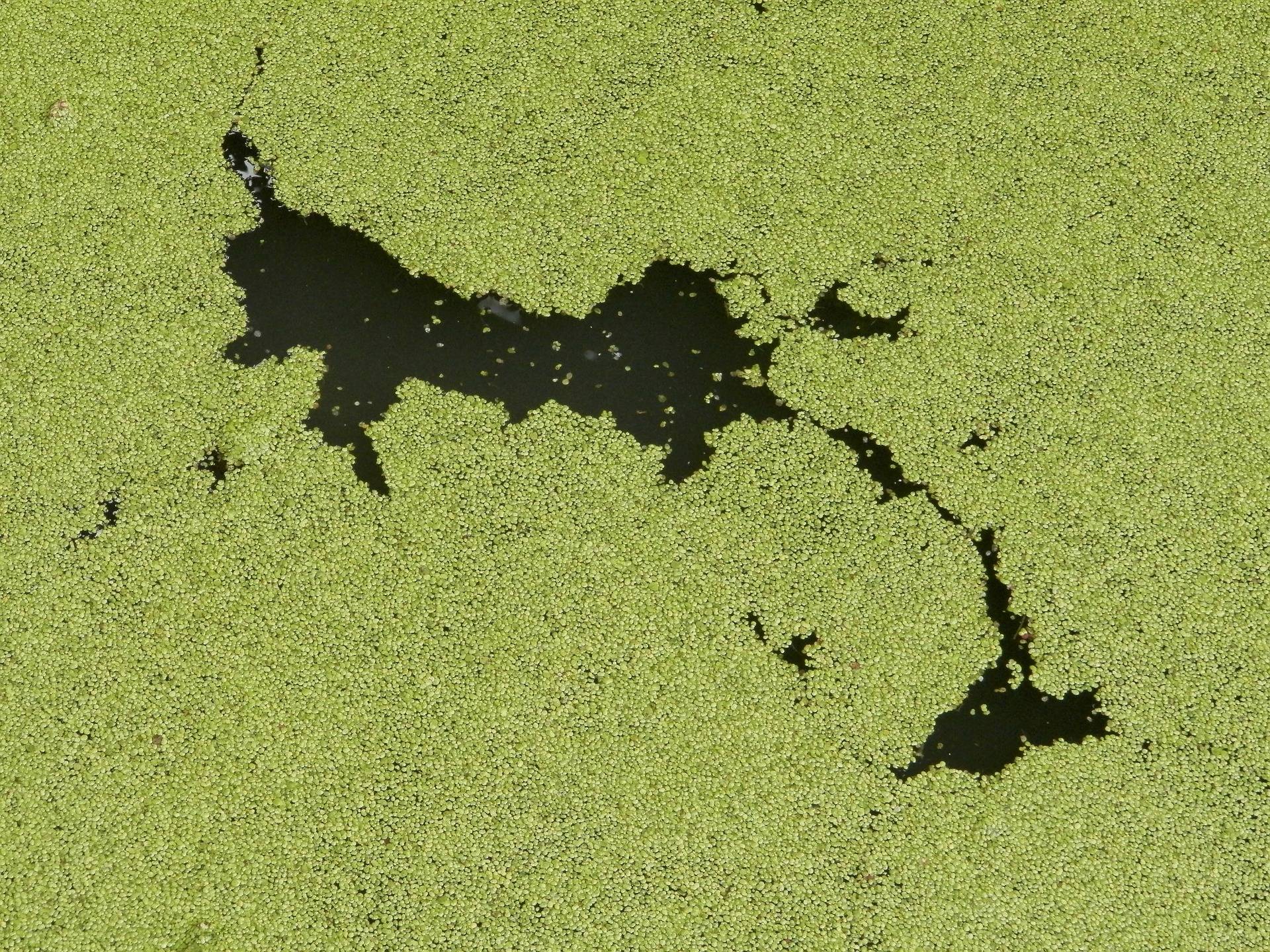Every summer Ohio residents hear about the Lake Erie algae bloom. With 2015 seeing the worst algae bloom on record, Ohioans need to prepare for this summer’s bloom.
The first step is understanding where algae blooms come from. Being that many areas near Lake Erie are agricultural, nutrients and fertilizers often end up in the great lake via run off.
The three common crop fertilizers are nitrogen, phosphorus and potassium. While these are great at promoting plant growth, they also aid in algae growth when the conditions are right.
Ohio’s generally wet spring and early summer causes fertilizer runoff into local streams and rivers, most of which feed into Lake Erie. The runoff coupled with warm summer temperatures creates the ideal algae growth environment.
If the conditions are right, algae blooms can become so large that they take up half of Lake Erie making the entire area unsafe for swimming and boating.
How does this affect you?
So what does the Lake Erie algae bloom mean for Ohio residents? The answer isn’t pleasant. Just ask the 500,000 Toledo residents who were told not to drink or boil their tap water due to high algae content in 2014.
Algae contains a substance called microcystin that is dangerous to humans and animals if it is consumed in water, makes contact with skin or is inhaled in as an aerosol or steam—which is why Toledo residents couldn’t boil their water.
Adverse effects of microcystin consumption include diarrhea and vomiting, abnormal liver and kidney functions and nervous system malfunction. If the substance comes into contact with your skin, potentially by showering, it can cause rashes hives or blisters.
The Clearwater Solution
Lake Erie scientists are hard at work creating a solution to the yearly tradition of algae blooms, but it’s not a problem that has a simple solution. Coordination with famers, scientists and municipalities is required for any solution to actually work.
Before recommending a solution package, Clearwater Systems advises Northern Ohio residents have their water tested. Clearwater offers equipment using filtration and reverse osmosis technologies, which can be used to remove microcystin and many other harmful contaminants that may find their way into your drinking water supply.




